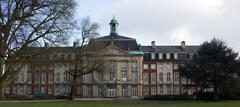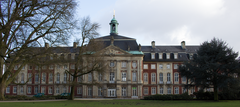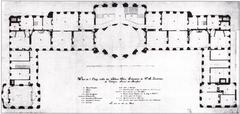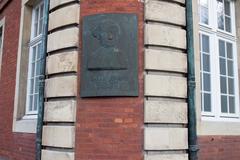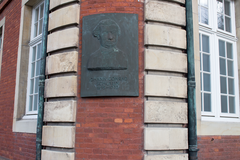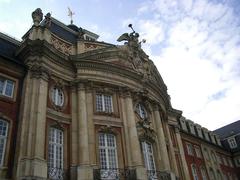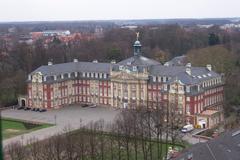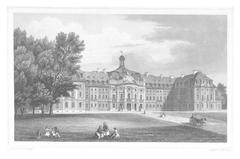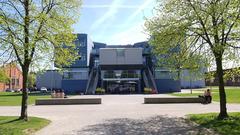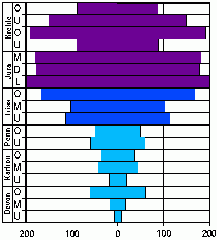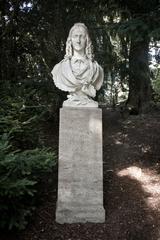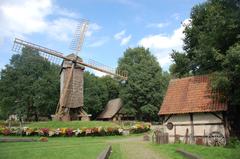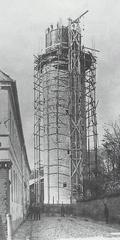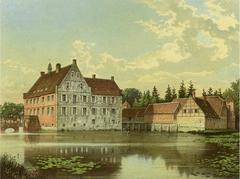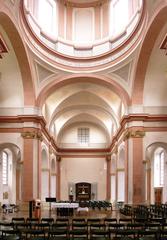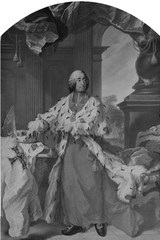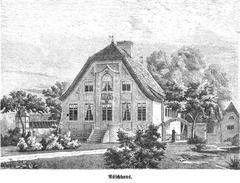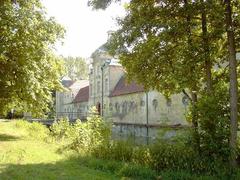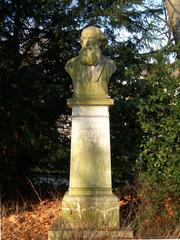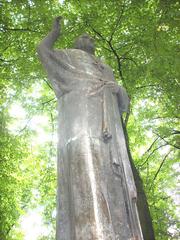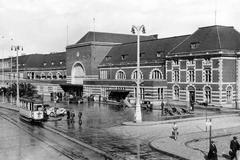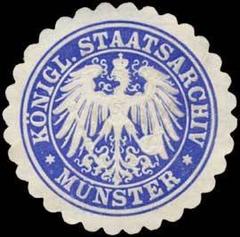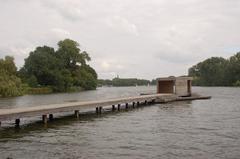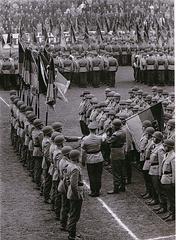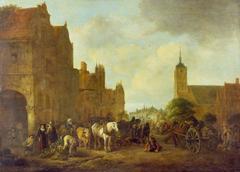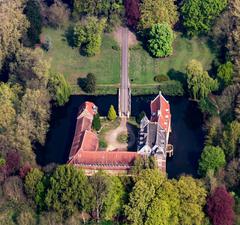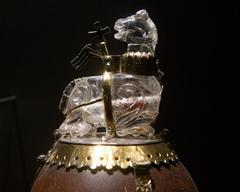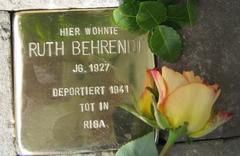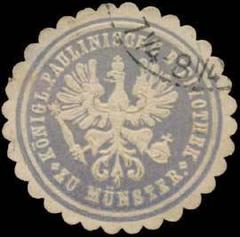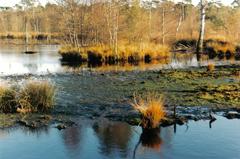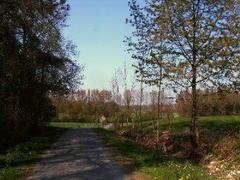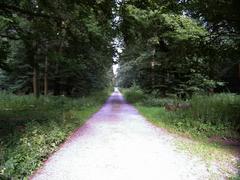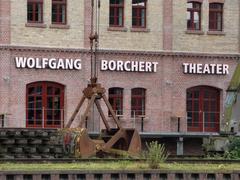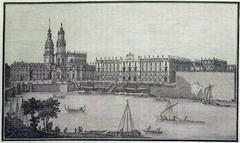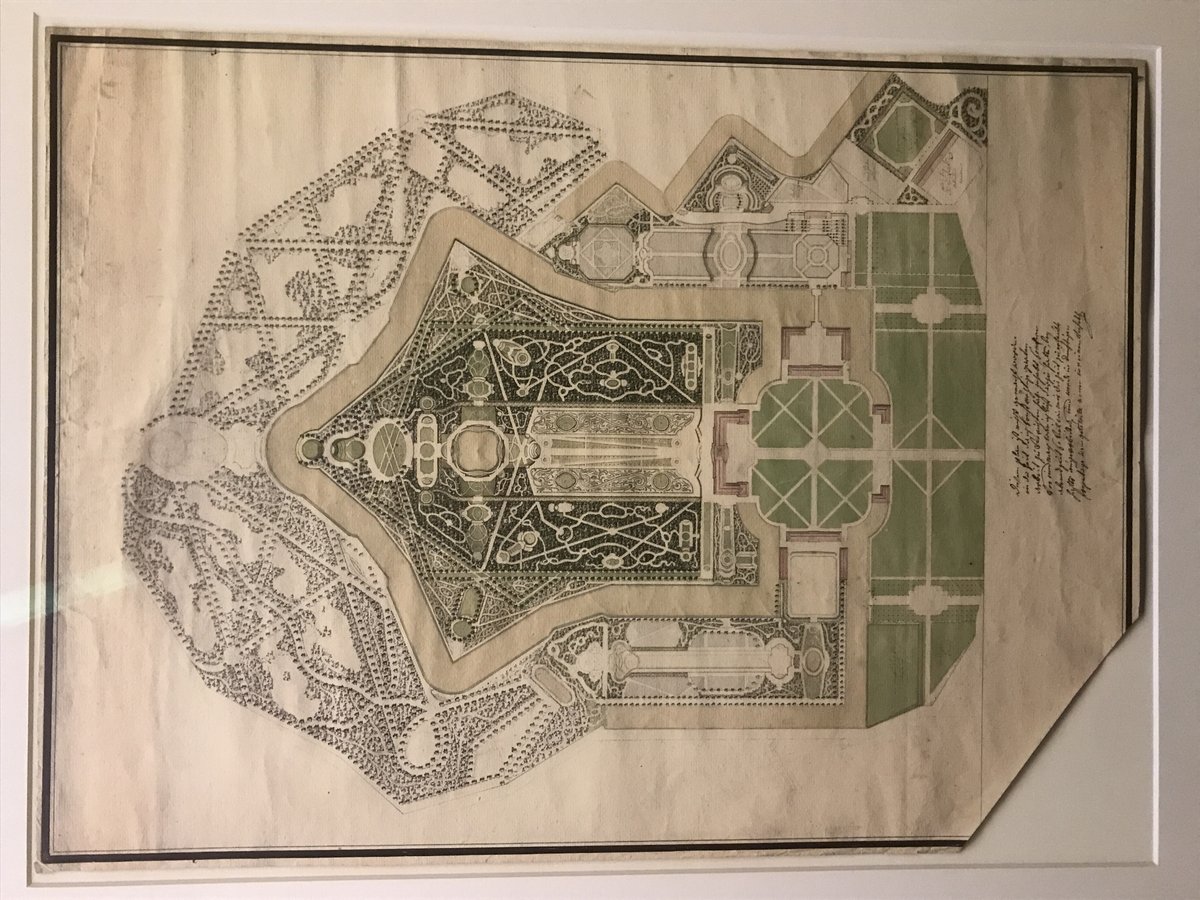
Visiting Hours, Tickets, and Historical Insights of Fürstbischöfliches Schloss in Münster
Date: 18/07/2024
Introduction
Table of Contents
- Introduction
- Historical Background
- Visitor Information
- Travel Tips and Nearby Attractions
- Special Events and Guided Tours
- Photographic Spots
- FAQ
- Conclusion
A Complete Guide to Visiting Fürstbischöfliches Schloss in Münster - History, Tickets, and Tips
Historical Background
Early Beginnings and the Renaissance
The palace’s origins can be traced back to the 13th century, with the construction of a moated castle. This initial structure served as a defensive stronghold for the bishops of Münster, who held significant political and religious authority within the Holy Roman Empire. During the Renaissance period, significant renovations took place, moving away from the austere fortifications of the medieval era towards a more opulent and refined style.
Baroque Splendor under Prince-Bishop Christoph Bernhard von Galen
The palace reached its zenith in the 17th century under the rule of Prince-Bishop Christoph Bernhard von Galen (1650-1678), a figure known for his military prowess and ambitious building projects. Von Galen commissioned the renowned Baroque architect Johann Conrad Schlaun to remodel the palace, transforming it into a grand residence befitting his stature. Schlaun’s design, characterized by its symmetrical facade, ornate decorations, and imposing presence, reflected the grandeur and opulence of the Baroque era. The palace became a symbol of von Galen’s power and the cultural blossoming of Münster under his reign.
The End of an Era and Secular Use
The era of prince-bishops in Münster came to an end in the wake of the Napoleonic Wars and the secularization of ecclesiastical territories in the early 19th century. The palace, no longer the seat of religious authority, was repurposed for various secular uses. It served as a royal residence for the Prussian kings during their visits to Münster and later housed government offices. This period saw some alterations to the palace’s interior to accommodate its new functions, but its overall Baroque structure remained largely intact.
Wartime Damage and Post-War Restoration
World War II brought significant damage to the Fürstbischöfliches Schloss. Allied bombing raids in 1944 left the palace largely destroyed, a poignant reminder of the war’s devastating impact on Germany’s cultural heritage. Following the war, a comprehensive reconstruction effort was undertaken, meticulously restoring the palace to its former glory. This painstaking process relied heavily on historical photographs and plans, ensuring the accuracy and authenticity of the restoration.
The Palace Today - A Cultural Hub
Today, the Fürstbischöfliches Schloss serves as the main building of the University of Münster, housing the university administration and several academic departments. This new role breathes life into the historical walls, transforming the palace into a vibrant center of learning and scholarship. The palace grounds, with their meticulously manicured gardens and sprawling lawns, are open to the public, offering a tranquil escape from the bustling city. Visitors can stroll through the gardens, admiring the Baroque landscaping and enjoying the serene atmosphere. The palace also houses a museum, offering insights into the building’s rich history and the lives of the prince-bishops who once resided within its walls.
Visitor Information
Visiting Hours
Ticket Prices
Admission to the palace grounds is free. However, access to the museum and guided tours may require a ticket. Prices for museum entry and tours are as follows:
- Adults: €8
- Students and Seniors: €5
- Children under 12: Free
Accessibility
The palace is wheelchair accessible, with ramps and elevators available for easy navigation. Accessible restrooms are also provided.
Travel Tips and Nearby Attractions
Best Times to Visit
The best time to visit the Fürstbischöfliches Schloss is during spring and summer when the gardens are in full bloom, offering a picturesque backdrop for your visit. Early mornings or late afternoons are ideal to avoid the crowds.
Nearby Attractions
While in Münster, consider visiting other historical sites such as St. Paul’s Cathedral, the LWL Museum of Art and Culture, and the Prinzipalmarkt. These attractions offer a deeper understanding of the city’s rich cultural heritage.
Special Events and Guided Tours
The palace hosts various special events throughout the year, including classical music concerts, art exhibitions, and academic conferences. Guided tours are available daily, offering a detailed exploration of the palace’s history and architecture. Tours are available in multiple languages, including English and German.
Photographic Spots
For photography enthusiasts, the palace grounds offer several picturesque spots. The main facade, with its Baroque architecture, is a favorite, as are the meticulously maintained gardens. Early morning light provides the best conditions for capturing stunning images.
FAQ
Q: What are the visiting hours for the Fürstbischöfliches Schloss?
Q: Is there an admission fee? A: Admission to the palace grounds is free. Museum entry and guided tours require a ticket.
Q: Is the palace wheelchair accessible? A: Yes, the palace is equipped with ramps, elevators, and accessible restrooms.

